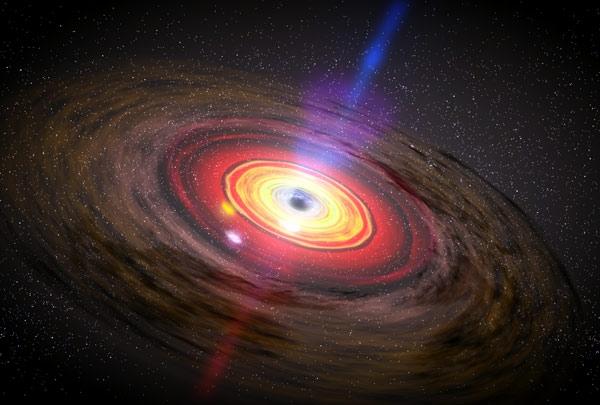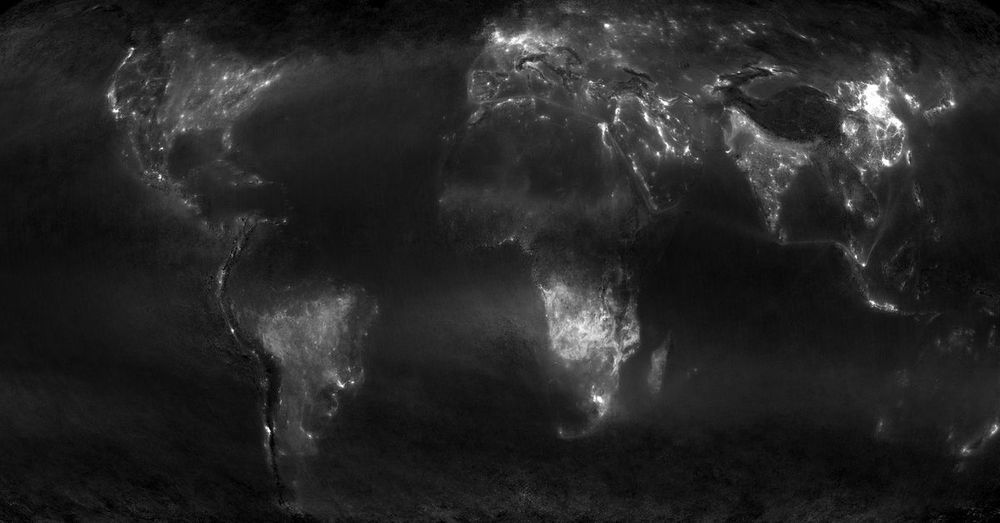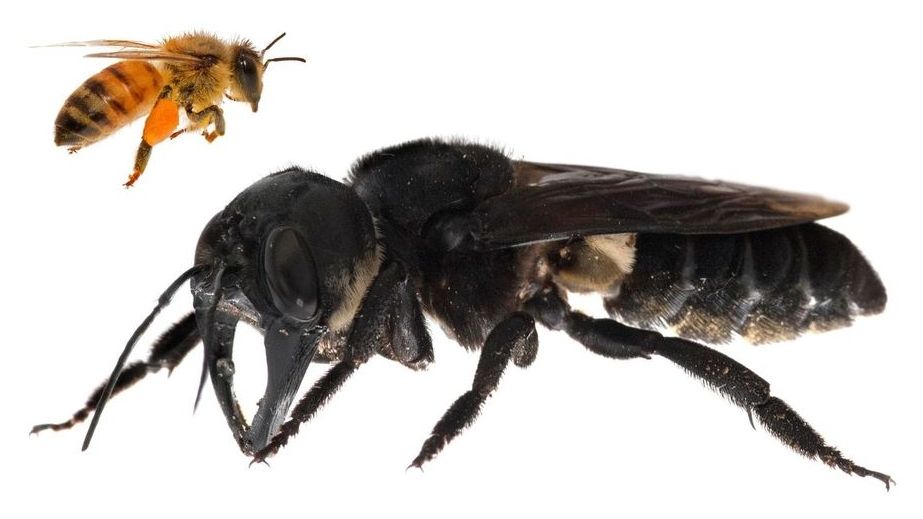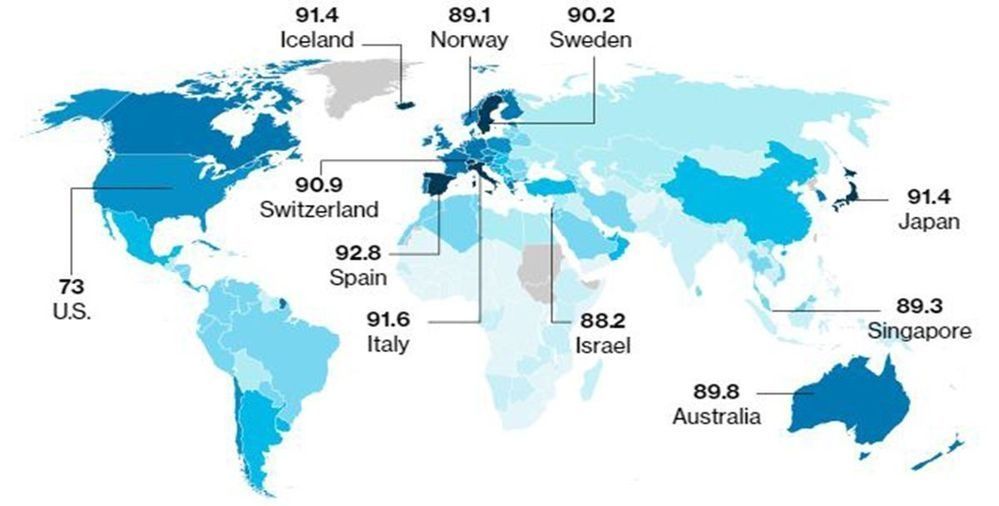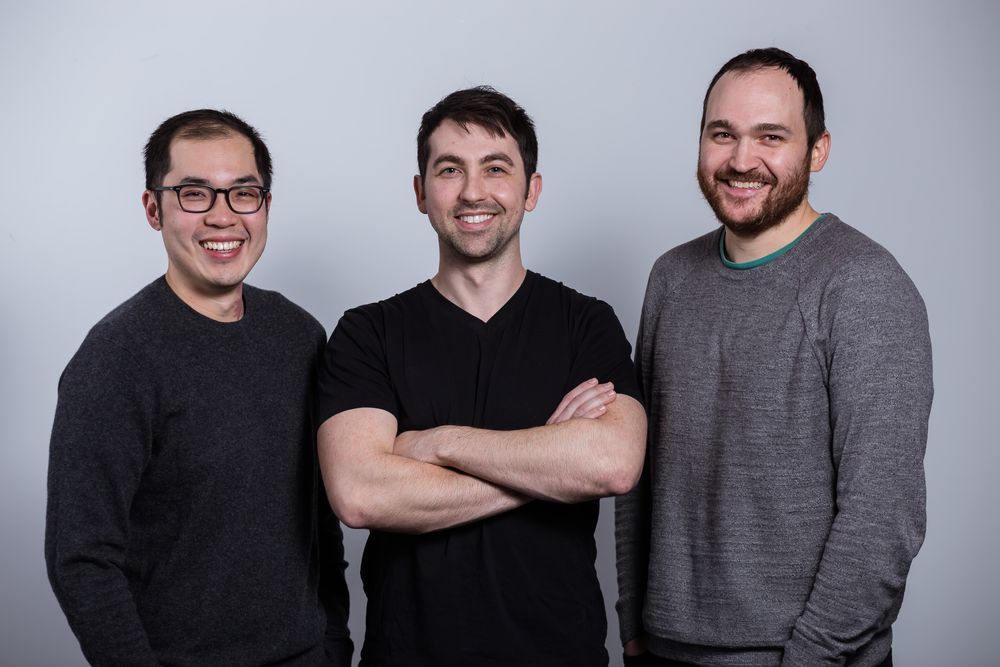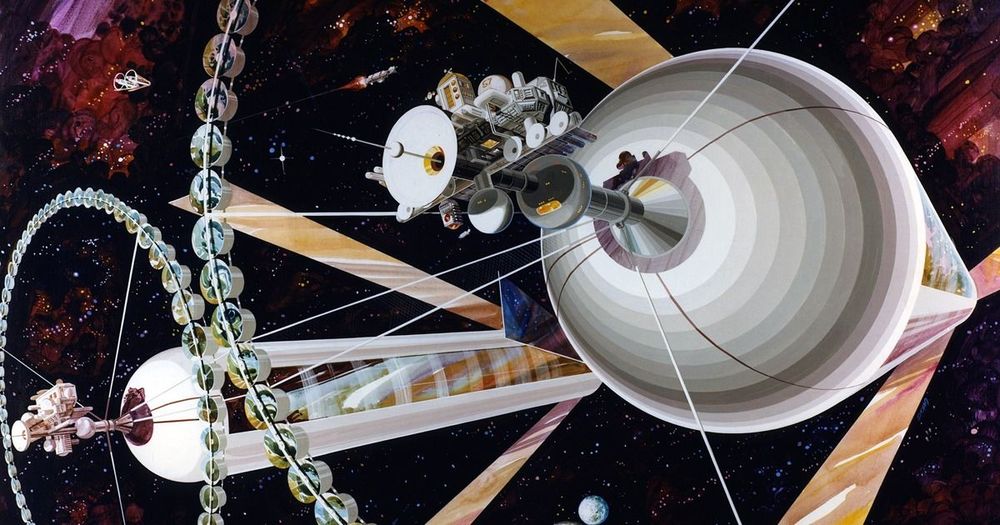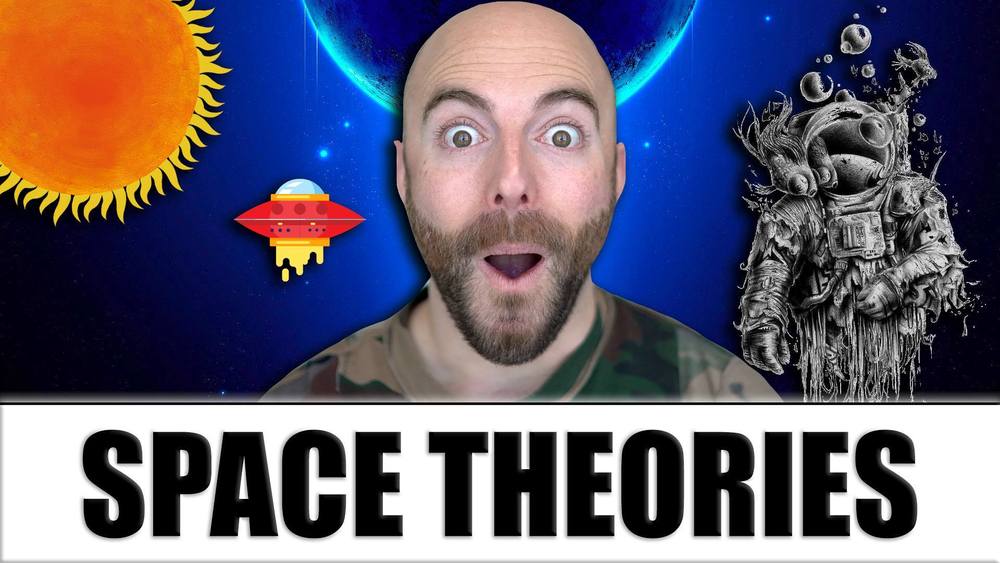As greenery round the childhood residence shrunk, risk of mental illness as an adolescent and adult went up. Kids who grew up in plots with the least vegetation had a 15 to 50% greater incidence of a range of psychiatric problems, including depression, eating disorders, anxiety and obsessive compulsive disorder.
Two studies link parks and poshness to lower depression and cognitive decline, for reasons still unclear. Paul Biegler reports.

